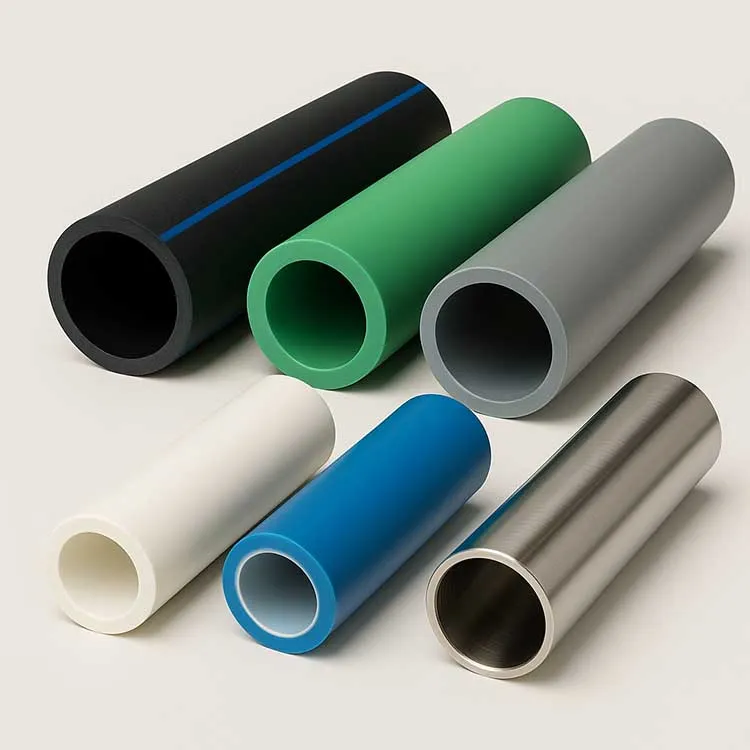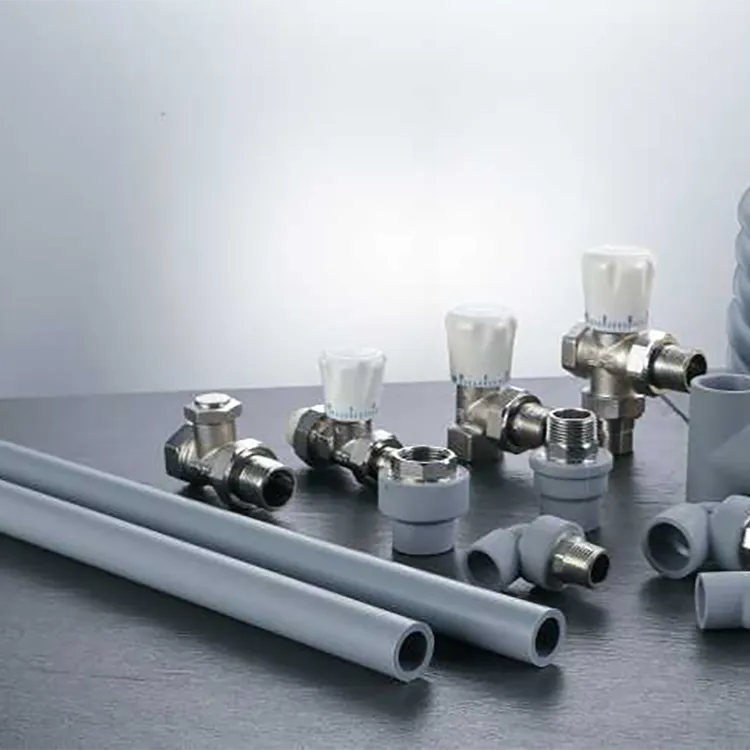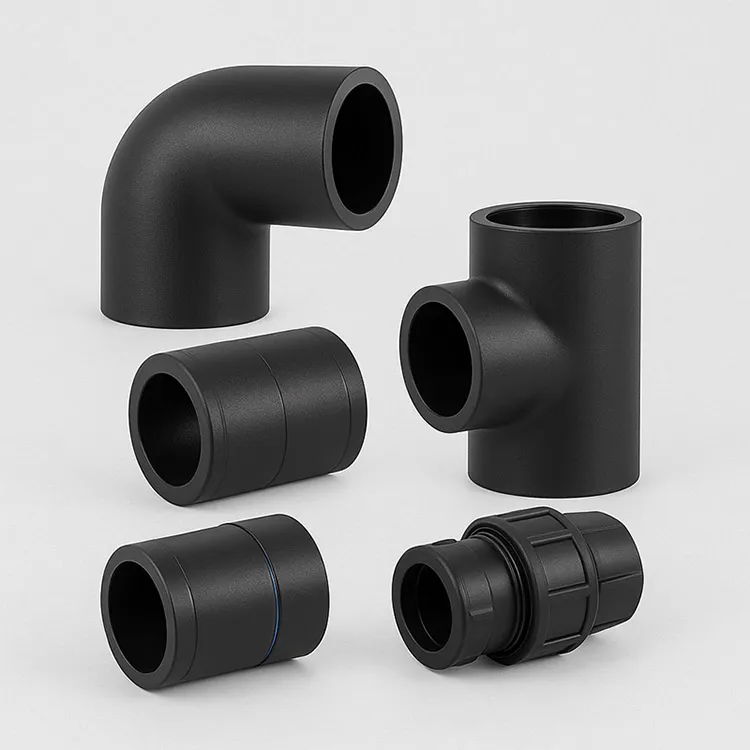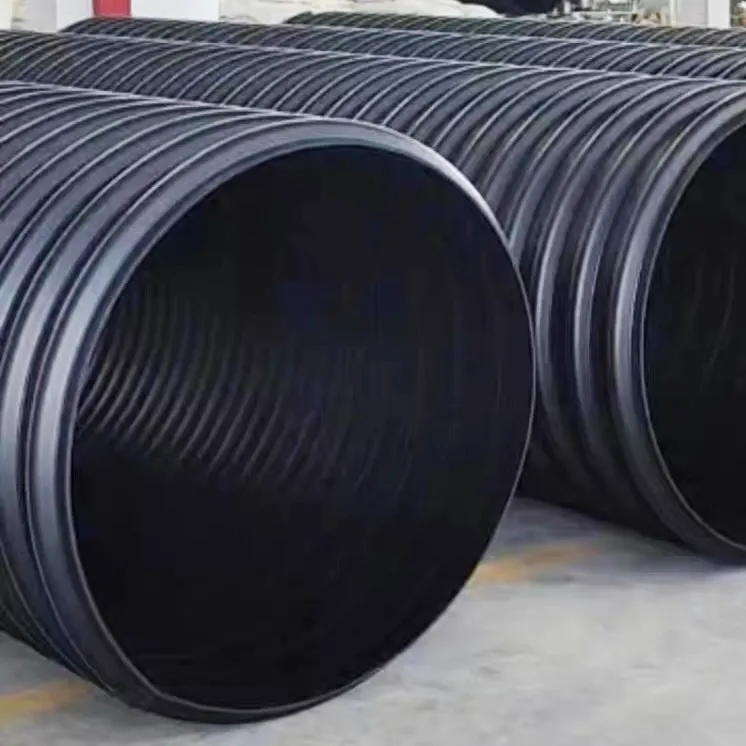Specification
| PE Septic Tank | ||
| Specification | Septic Tank Sizes | Access Hole Sizes |
| 1.0m³ Split Septic Tank | 1740*975*940*4mm | 400*315*315 |
| 1.2m³ Split Septic Tank | 2009*1082*1037*4mm | 315*200*315 |
| 1.5m³ Split Septic Tank | 2035*1130*1100*5mm | 400*200*315 |
| 2.0m³ Split Septic Tank | 2355*1210*1165*7mm | 315*200*200*315 |
| 2.5m³ Split Septic Tank | 2760*1220*1200*7mm | 400*200*200*400 |
| SMC Septic Tank | ||
| Specification | Septic Tank Sizes | Access Hole Sizes |
| 1.0m³ Split Septic Tank | 174*97.8*49.5 | 200*315*200 |
| 1.2m³ Split Septic Tank | 181.8*117.8*59.8 | 200*315*200 |
| 1.5m³ Split Septic Tank | 181.8*117.8*59.8 | 200*315*200 |
| 2.0m³ Split Septic Tank | / | / |
| 2.5m³ Split Septic Tank | / | / |
Various Factors
The cost of installing or maintaining a septic tank in the Philippines can vary significantly due to several factors. Understanding these factors can help you estimate and plan for the expenses associated with septic tank systems in the country. Here are various factors that affect septic tank costs in the Philippines
1. Tank Material and Type
Concrete
Concrete septic tanks are the most common choice due to their durability. They tend to be more expensive than other materials.
Plastic or Fiberglass
These materials are generally cheaper than concrete but may have a shorter lifespan.
2. Tank Size and Capacity
The size and capacity of the septic tank depend on the number of occupants in the household or the wastewater output of a business. Larger tanks are more expensive than smaller ones.
3. Soil Conditions
The type and condition of the soil on your property can affect the cost. If the soil has poor percolation properties, additional components like leach fields or more advanced septic systems may be needed, increasing overall costs.
4. Location and Accessibility
The location of your property and the accessibility of the installation site can impact costs. Difficult-to-reach areas or sites that require extensive excavation can increase labor and equipment costs.
5. Local Regulations and Permits
Compliance with local regulations and obtaining necessary permits can add to the overall cost. Regulations may dictate the type of system you can install and its specifications.
6. Labor and Installation
Labor costs for septic tank installation can vary based on the complexity of the project, the skill of the workers, and local labor rates. Hiring experienced professionals is essential to ensure proper installation.
7. Maintenance and Pumping
While not an upfront cost, it's crucial to consider long-term expenses. Regular maintenance and pumping are necessary to keep the system functioning correctly and prevent costly repairs.
8. Additional Components
Depending on your property's requirements and local regulations, you may need additional components such as distribution boxes, septic tank risers, or effluent filters, which can add to the cost.
9. Local Market Conditions
The cost of materials and labor can vary by region and may fluctuate over time due to market conditions and economic factors.
10. Supplier and Contractor Selection
The choice of supplier and contractor can affect costs. It's essential to work with reputable professionals who provide quality materials and services.
11. Type of System
There are various types of septic systems, including conventional gravity systems, mound systems, and aerobic treatment units. The complexity and type of system you choose will impact costs.
12. Accessibility for Maintenance
If your septic tank is difficult to access for routine maintenance or pumping, additional costs may be incurred to make it more accessible.
13. Warranty and Longevity
Consider the warranty offered by the manufacturer and the expected lifespan of the septic tank. Investing in a high-quality, longer-lasting tank may save you money in the long run.
It's important to consult with local experts and obtain multiple quotes when planning a septic tank installation or replacement. This will help you get a more accurate estimate based on your specific needs and local conditions. Additionally, staying informed about local regulations and guidelines is crucial to ensure that your septic system complies with environmental and health standards in the Philippines.
Budgeting for the installation or replacement
Budgeting for the installation or replacement of a septic tank in the Philippines requires careful consideration of various factors. Here are some insights and steps to help you create a budget for this essential infrastructure
1. Assess Your Needs
Start by assessing your specific requirements. Determine the size and capacity of the septic tank you need based on the number of occupants in your household or the wastewater output of your business.
2. Choose the Right Material
Select the appropriate material for your septic tank. Concrete tanks are common due to their durability, but there are also plastic and fiberglass options. Consider the lifespan, cost, and suitability of each material for your situation.
3. Evaluate Soil Conditions
Assess the type and condition of the soil on your property. If it has poor percolation properties, you may need additional components like leach fields or an advanced septic system, which can impact costs.
4. Location and Accessibility
The location and accessibility of the installation site can affect costs. Sites that are difficult to reach or require extensive excavation may increase labor and equipment expenses.
5. Local Regulations and Permits
Research local regulations and obtain the necessary permits for septic tank installation. Compliance with these regulations is essential and may influence the type of system and components you can use.
6. Labor and Installation
Budget for labor and installation costs. Ensure that you hire experienced professionals to ensure proper installation, which can prevent future issues and additional expenses.
7. Maintenance and Pumping
While not an upfront cost, plan for ongoing maintenance and periodic pumping. Regular maintenance is crucial to prevent costly repairs in the future.
8. Additional Components
Depending on local regulations and your property's requirements, you may need additional components such as distribution boxes, septic tank risers, or effluent filters. Include these in your budget.
9. Get Multiple Quotes
Request quotes from multiple septic tank suppliers and contractors. Comparing quotes will help you understand the cost variations and select the best option for your budget.
10. Consider Long-Term Costs
Think about the long-term expenses associated with your septic tank, including maintenance, pumping, and potential repairs. A well-maintained septic system can save you money in the long run.
11. Account for Inflation and Market Fluctuations
Keep in mind that prices for materials and labor can change over time due to inflation and market fluctuations. Factor in potential price increases when creating your budget.
12. Emergency Fund
Set aside a contingency fund for unexpected expenses or emergencies related to your septic tank system. This can help you avoid financial stress in case of unforeseen issues.
13. Financial Planning
Consider your financial situation and plan for how you will finance the septic tank installation or replacement. Explore financing options or savings to cover the costs.
14. Quality vs. Cost
While it's essential to stay within budget, prioritize quality and durability. Investing in a high-quality septic tank and professional installation can save you money on future repairs and replacements.
15. Consult Experts
If you're uncertain about any aspect of the budgeting process, consult with septic system experts or professionals who can provide guidance and insights based on local conditions and regulations.
Creating a well-thought-out budget for your septic tank installation or replacement in the Philippines will help ensure that you have a reliable and efficient wastewater management system that meets your needs while staying within your financial means.
Installing a septic tank in the Philippines is a necessary investment in sanitation and wastewater management. The cost of a septic tank can vary significantly based on factors like size, material, location, soil conditions, labor, and maintenance. To get an accurate estimate, it's essential to consult with local professionals, obtain quotes, and ensure compliance with local regulations. While the initial cost may seem significant, a well-maintained septic tank can provide efficient wastewater disposal for many years, making it a valuable investment in the long run.



981.webp)

 (1)379.webp)

294.webp)
476.webp)
420.webp)
146.webp)
460.webp)
287.webp)
274.webp)
688.webp)


